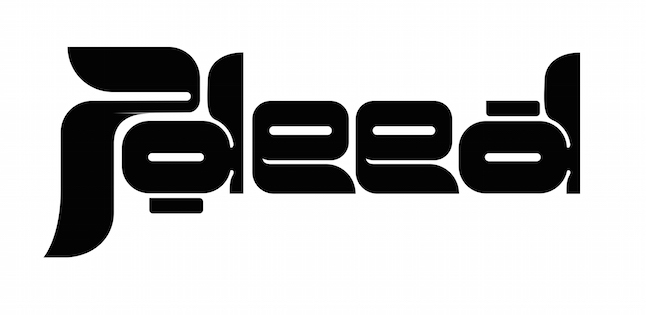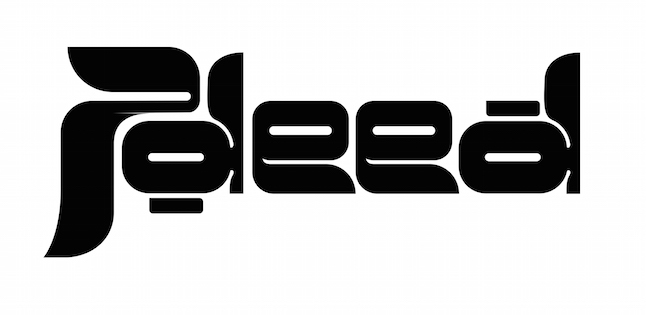
Art
Harnessing Cultural Realities and Fashion Fantasies with Photographer Malak El Sawi

The many facets of Cairo-born creative Malak El Sawi intertwine in her sincere photographic approach, which we explore further in this Jdeed interview. Drawing upon her multidisciplinary interests and artistic intuition, she infuses her visual expression with an incisive socio-cultural dimension.
By Christina Fakhry


Let’s go back to the beginnings, you grew up in Cairo and the city has always had a place in your heart that subsequently translated into your art. Tell us a bit about this particular connection and the influence it bears on your photographic journey.
It’s funny because when I was younger I was really eager to leave. I didn’t realize how strong of a hold Cairo had on me until I really did leave and come back, then I realized how special it was. It’s always interesting making work in another city or another country, exploring facets of a more globalized identity, but I think the stories I tell or want to tell from Cairo are the most interesting because they’re the most authentic, even when they’re not the most comfortable.
What made you realize you wanted to become an image-maker? Are there specific influences that propelled you towards this career path?
I always enjoyed art and was encouraged to keep doing it by my family even though they weren’t artists themselves. When I became a teenager, I started experimenting with photography and filmmaking, but it wasn’t what I envisioned as a career. I was really into fashion and wanted to pursue design as a career so I went to London to study a foundation at Central Saint Martins on that premise. However, I was confronted with my tutors pushing me in the direction of video and photography. I wasn’t happy about it and tried to resist but despite my efforts I ended up studying fashion photography. It took a while but eventually I understood why they pushed me in that direction.
I had a camera and a sewing machine from when I was 13 but I ruined every single thing I put through the sewing machine, yet using a camera was like second nature and I haven’t put it down since. I’m grateful now for that push, because maybe I would have spent my whole life pursuing something I just wasn’t good at and that would have been a real shame.




Your work combines the fantasy world of fashion expression with the striking socio-cultural realities that define our Arab societies. How does this delicate duality translate into your creative process?
It was the need to make those two things confront each other that translated in the work. I wanted to pursue fashion although I lived in Cairo which was far from a fashion capital and it was about making things that work within these contexts and using images as a bridge between these parallels. I started off trying to make things that worked within a fashion context and an Egyptian cultural context and this created a language that I still use.
Besides photography, your talents span across DJ-ing, art direction and styling. How do you balance your interests as a multi-hyphenate and what impact has this had on your creativity?
It’s a way to keep me eager and creative because I have ADHD and get bored really easily. Although to be honest it’s not easy to focus on everything at the same time so I end up having phases. I’m hoping to hone all these different skills into making a film soon, but the process has such a different pace and method to what I’m used to that I’m still trying to figure things out.
“(…)there are certain people that will decide how nice to be to you based on how much ‘clout’ you have rather than how genuine, fun, nice, etc. you are. I learned I will never like these kinds of people.”
What does self-expression mean to you and how would you describe the evolution of your creative journey across the years?
Self-expression is necessary, that’s why I loved fashion in the first place. But I don’t see creativity as exclusively belonging to self-expression. My creative journey has been evolving in a way that has taken me to places I never planned for or envisioned. In that way it taught me to let go and take things as they come. Like that saying ‘we plan and God laughs’, I keep having to remind myself of this and remain grateful, because I tend to put a lot of pressure on myself and focus on what I haven’t done, but I know I’m in a good place.


While attending art school in London, you co-founded Creamer, an alternative zine combining humor, style and revisited notions of womanhood. What did you take away from your experience as a boundary-pushing magazine editor?
Creamer was a huge learning curve. The first thing I took away was that if you want to do something, at some point you need to stop talking about it and just jump in head first. It’s okay to figure things out as you go along. The second thing I learned was how working within a team that is a safe critical space can do so much for the quality of your work. It’s important to be able to take and give constructive criticism. Last thing I took away was that there are certain people that will decide how nice to be to you based on how much ‘clout’ you have rather than how genuine, fun, nice, etc. you are. I learned I will never like these kinds of people.
How do you perceive the future of photography in our part of the world and what advice would you give aspiring creatives in light of the region’s ongoing socio-political challenges?
There’s a lot of interest in stories from this part of the world and that will probably only increase but if we’re creating work about this part of the world then it should be for this part of the world. I think as Arab creatives we all need to forget about the Western gaze for now.
See more of Malak’s work on her Instagram






0 comments